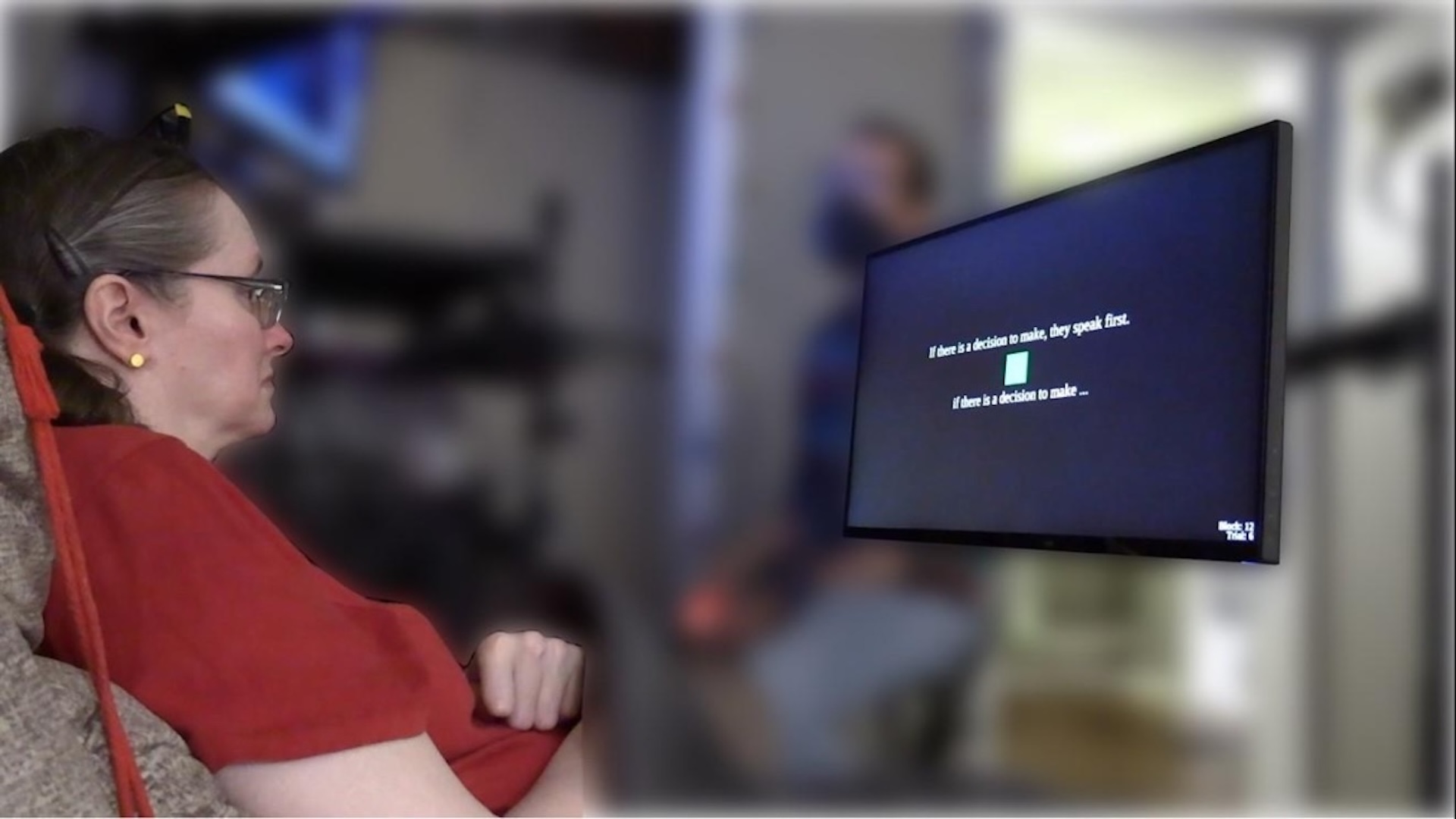This Mind-Blowing Technology Lets You Speak Without Saying a Word – Here’s How!










2025-08-19T13:42:28Z

Imagine a world where your thoughts become words without ever leaving your lips. Sounds like science fiction, right? Well, scientists have just made this mind-bending breakthrough a reality!
Researchers at Stanford University have developed a revolutionary brain-computer interface (BCI) that captures and decodes a person’s inner monologue. This groundbreaking technology could empower those who are unable to speak, allowing them to communicate effortlessly with others by merely thinking about what they want to say.
This remarkable innovation marks a significant leap from previous systems that required individuals to physically attempt to speak. According to Erin Kunz, an electrical engineer and study co-author, “This is the first time we've managed to understand what brain activity looks like when you just think about speaking.” For those facing severe speech and motor impairments, this advancement could mean a newfound ability to express themselves more naturally and comfortably.
BCIs are already changing lives, giving paralyzed individuals the ability to control assistive devices or communicate through their thoughts. While some existing systems involve implanting electrodes directly into the brain, others utilize MRI technology to analyze brain activity related to thoughts or actions. However, many of these systems currently require users to struggle through the act of physical speech, which can be exhausting for people with limited muscle control.
The research team, led by Kunz, conducted their study with four participants who had been paralyzed due to stroke or amyotrophic lateral sclerosis (ALS), a debilitating disease that affects nerve cells responsible for muscle control. As part of a clinical trial aimed at enabling thought-controlled devices, the participants had electrodes implanted in their brains. The study’s focus was to train artificial intelligence models to decode inner speech directly from electrical signals captured by these electrodes.
The results were astonishing! The models achieved up to 74% accuracy in decoding sentences that participants internally uttered. Even during tasks that demanded deep thought, such as recalling the sequence of arrows pointing in various directions, the AI demonstrated its ability to pick up on natural inner speech.
Interestingly, while both inner speech and attempted speech triggered similar patterns of brain activity in the motor cortex, the signals from inner speech were notably weaker. This raises an important ethical consideration about BCIs: the potential for these devices to inadvertently decode private thoughts, rather than just the intended spoken words.
To address these concerns, Kunz and her team devised a password-protected BCI. Participants could communicate freely by attempting speech, but the interface would only begin decoding inner thoughts after they mentally recited the passphrase “chitty chitty bang bang.” This clever safeguard is designed to protect the user's privacy while still allowing for communication.
While the current BCI technology isn't yet capable of decoding full sentences unless the user is explicitly thinking in words, the researchers remain optimistic about future advancements. “The future of BCIs is bright,” Frank Willett, a co-author and assistant professor of neurosurgery, stated confidently. “This work gives real hope that speech BCIs can one day restore communication that is as fluent, natural, and comfortable as conversational speech.”
 Lars Andersen
Lars Andersen
Source of the news: Live Science